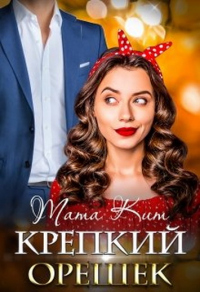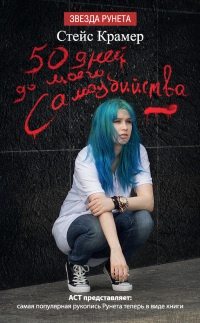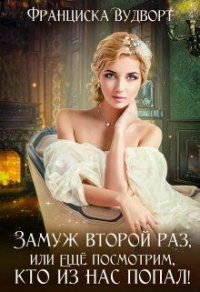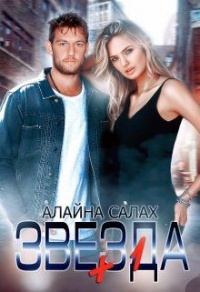Книга Научный «туризм» - Владимир Михайлович Пушкарев
На нашем литературном портале можно бесплатно читать книгу Научный «туризм» - Владимир Михайлович Пушкарев полная версия. Жанр: Домашняя / Юмористическая проза. Онлайн библиотека дает возможность прочитать весь текст произведения на мобильном телефоне или десктопе даже без регистрации и СМС подтверждения на нашем сайте онлайн книг knizki.com.
Шрифт:
-
+
Интервал:
-
+
Закладка:
Сделать
Перейти на страницу:
Перейти на страницу:
Внимание!
Сайт сохраняет куки вашего браузера. Вы сможете в любой момент сделать закладку и продолжить прочтение книги «Научный «туризм» - Владимир Михайлович Пушкарев», после закрытия браузера.
Книги схожие с книгой «Научный «туризм» - Владимир Михайлович Пушкарев» от автора - Владимир Михайлович Пушкарев:
Комментарии и отзывы (0) к книге "Научный «туризм» - Владимир Михайлович Пушкарев"
























